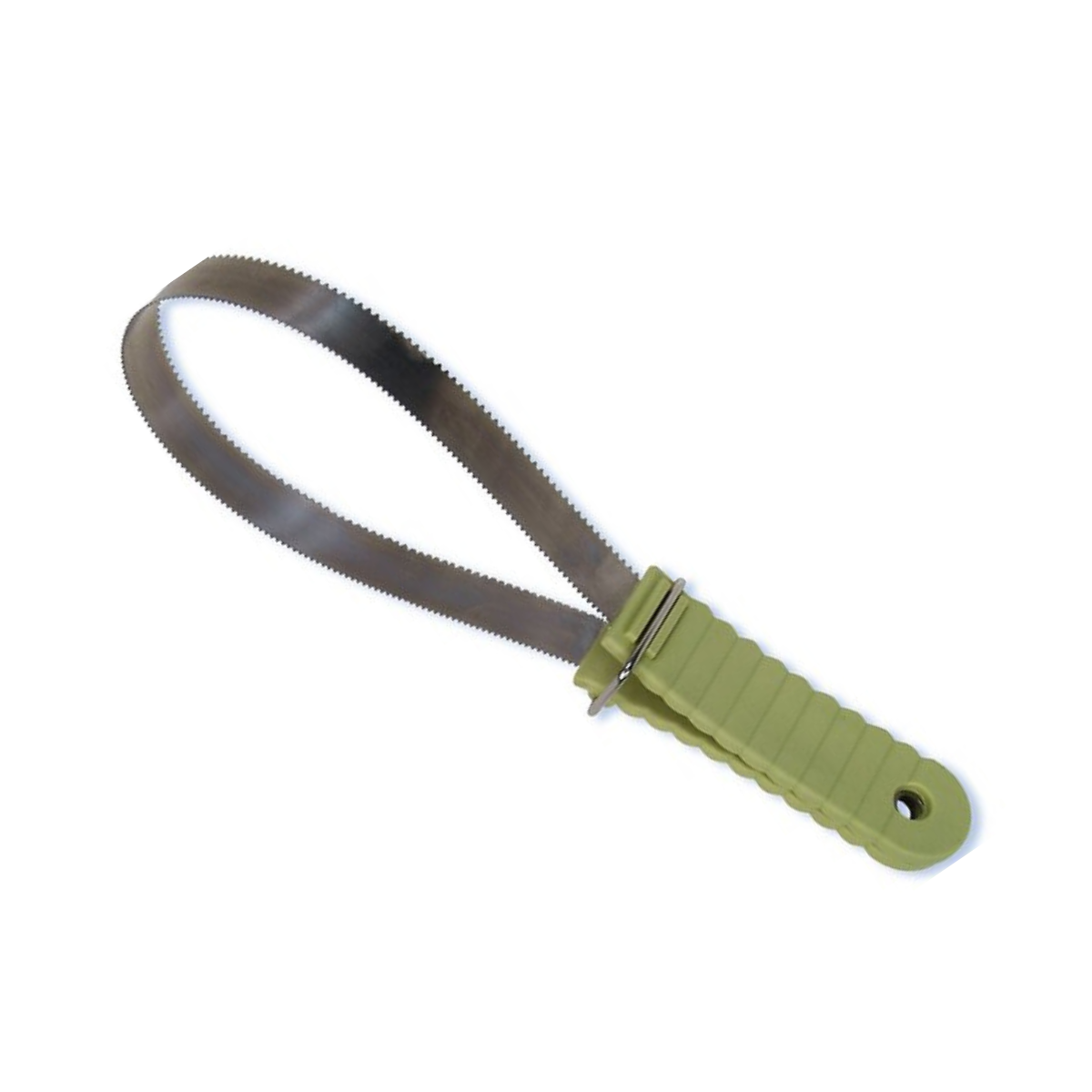Brushing
Every dog has a different type of coat that will require a different type of brush.
Here are some of the various brush types to help you choose what brush will work best for your dog’s coat.
Types of Brushes
General Use Brushes
Pin Brush
Basic brush for all coats, gentle on skin
Coat type: All
Bristle Brush
Soft bristles for sensitive places like face and ears. Good starting brush to introduce brushing to puppies
Coat type: Short, All
Deshedding/Dematting brushes
Deshedding Brush
Removes loose undercoat without stripping the topcoat.
Coat type: All
Slicker Brush
Useful for light shedding. Also used in fluffing up the fur and feathering.
Coat type: Long hair, curly coats, wavy coats
Combs
Useful for long hair and to feather tails and beards
Coat type: Long hair
Undercoat Rake
Useful for the undercoat and topcoat on double-coated breeds
Coat type: Long hair, double coat
Dematting Comb
Designed especially to remove minor matts
Coat type:
Shedding Blade
Removes loose fur, but can pull topcoat.
Coat type: Short hair
Step By Step
Introducing your puppy to brushing
Brushing is important to the health of your dog's coat. Brushing should be a positive experience for you and your dog, and getting them started as a puppy can make all the difference.
-
A great starter brush for a puppy is the bristle brush, which is soft and gentle on their fur.
Make sure your puppy has been fed, out to potty, and not tired.
Introduce your puppy to the brush itself. Put the brush on the floor and lay some treats around it to encourage your puppy to investigate. Do not allow your puppy to chew on the brush.
Reach out and touch your puppy with the bristles of brush followed by a treat, until the puppy is comfortable with the motion of the brush coming towards him/her.
Watch your puppy's reactions to each step. If your puppy seems distressed or avoids the brush, go back a step and slowly work up their confidence with praise and treats.
-
Brush your puppy in the same direction their fur grows
Give plenty of praise and/or treats while brushing
Keep brushing sessions short, because
Puppy attention spans are short, so you don't want them to associate brushing as a punishment by forcing them to sit still for long periods of time.
Dogs of any age can get "brush burn", which is irritated skin from brushing too hard, too long, or using an improper brush for their coat.
-
Play with your puppy with their favorite toy, or curl up for some cuddles, to end a session on a positive note.








